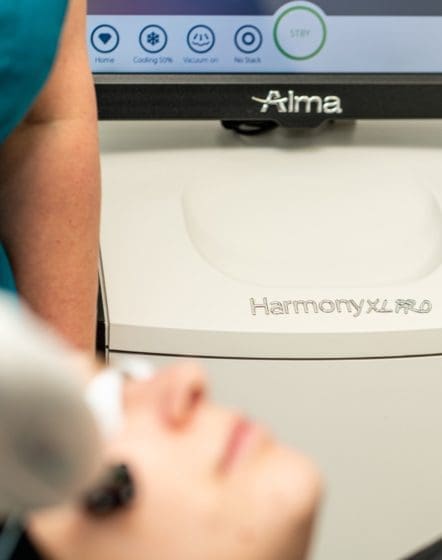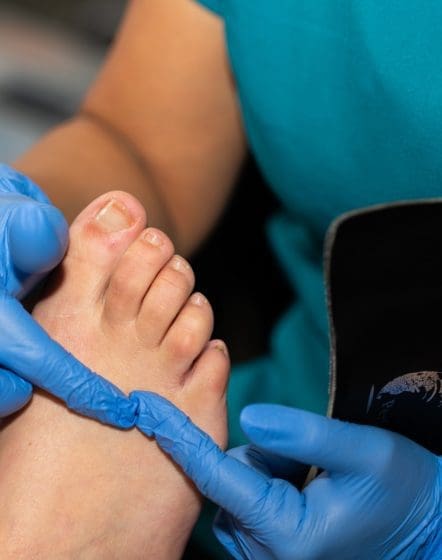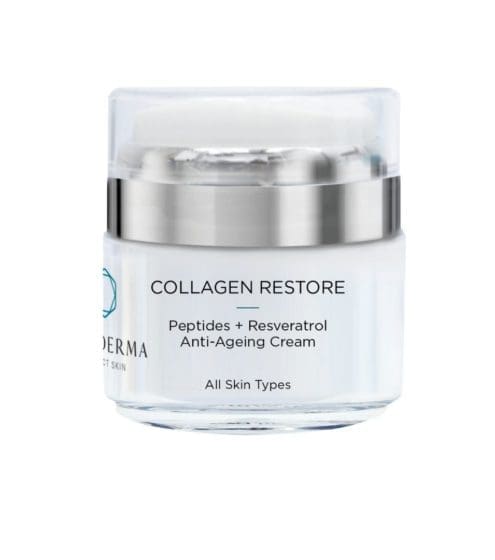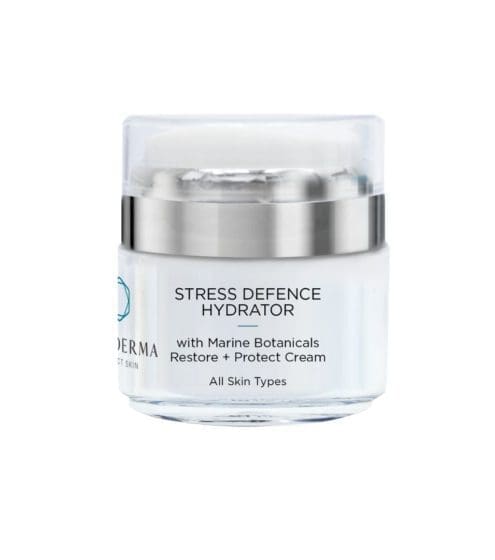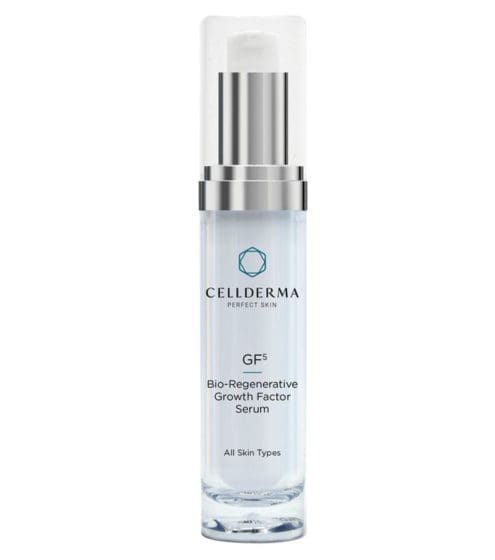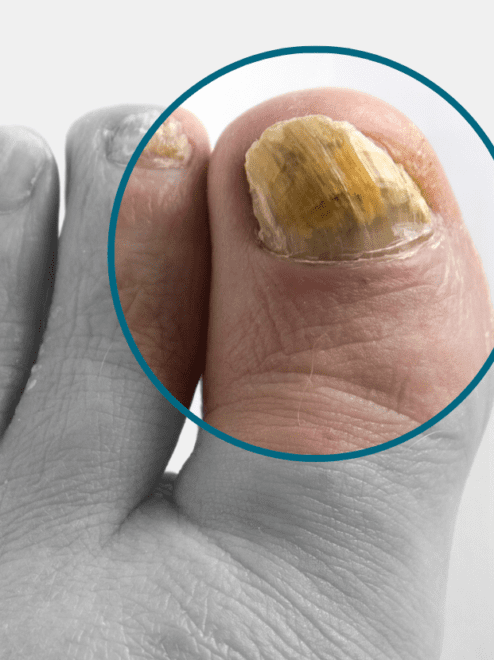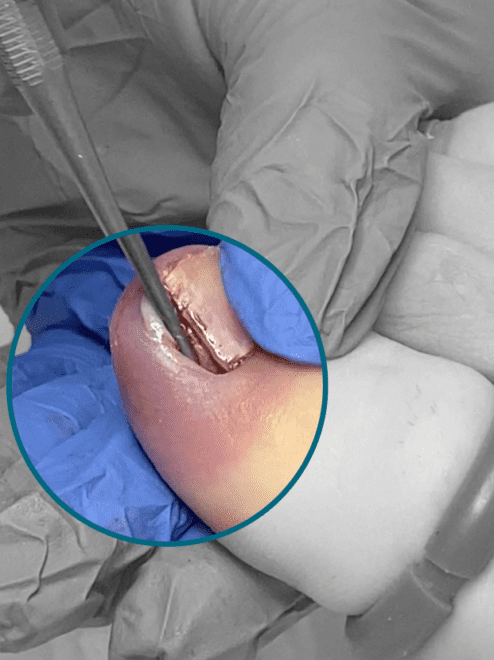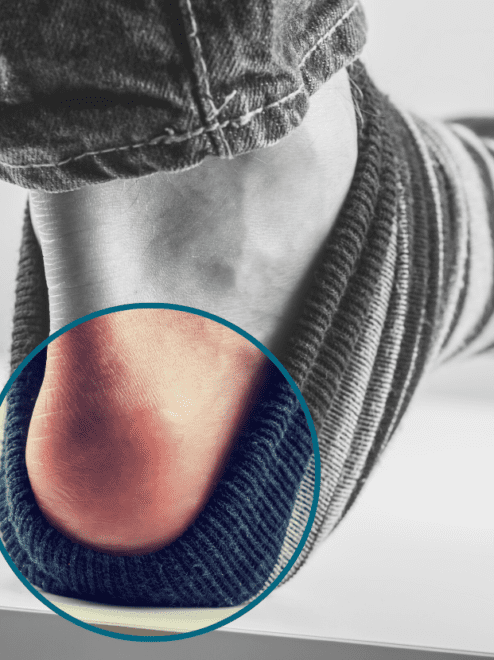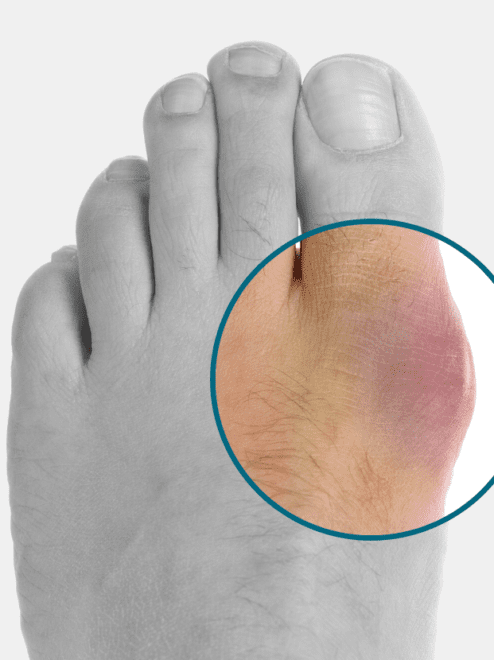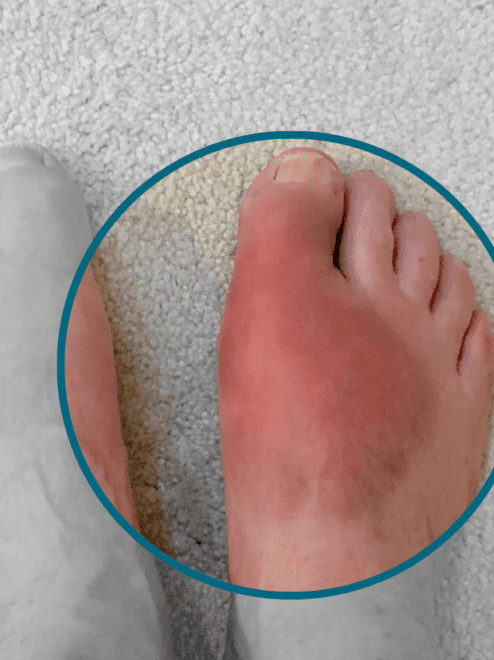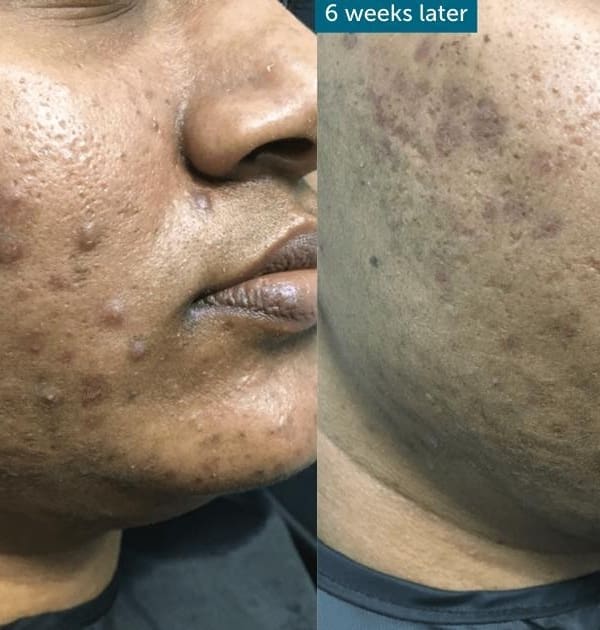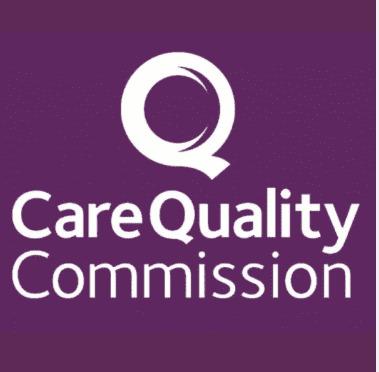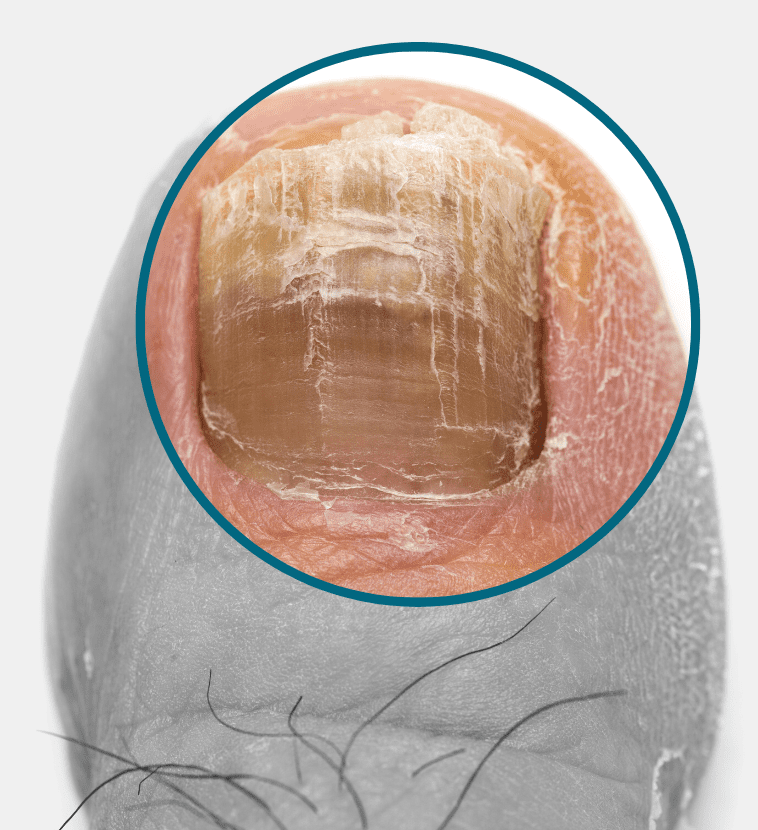

foot Condition
Fungal Toenail
Fungal Toenails are a very common condition but with a reputation for being resistant to the usual treatment options. Fungal toenail Infections appear in the toenail as yellow and brown discolourations as well as brittleness in the nail itself. The nail may appear misshapen with thicker and thinner areas to the nail.
Fungal nail infections are caused by an overgrowth of fungi either in, or under the nail. As fungi thrive in warm and damp environments, the foot is a common area for them to naturally overpopulate. Laser therapy aims to kill the fungus in your nail and surrounding tissue. However, this can take some months before you can be sure the infection has resolved, as the appearance of your nail will not immediately change after treatment. Although we hope to treat you successfully with a single session, but you may need 2-3 treatments.
We also offer a fungicidal footwear treatment service. Sufferers of fungal foot infections will usually have fungus living in their shoes. Eradicating this fungus is an important part of the overall treatment plan.



Why have your Fungal Toenail treated at Perfect Skin Solutions?
With this being one of the most challenging foot conditions to treat, it makes sense to visit a clinic that has a long history of treating this common condition with the highest success rates. With multiple treatment modalities on site – including an advanced laser platform – we are well equipped in both experience and services, to ensure you get the best chance of restoring your nail health.
Get in contact

























